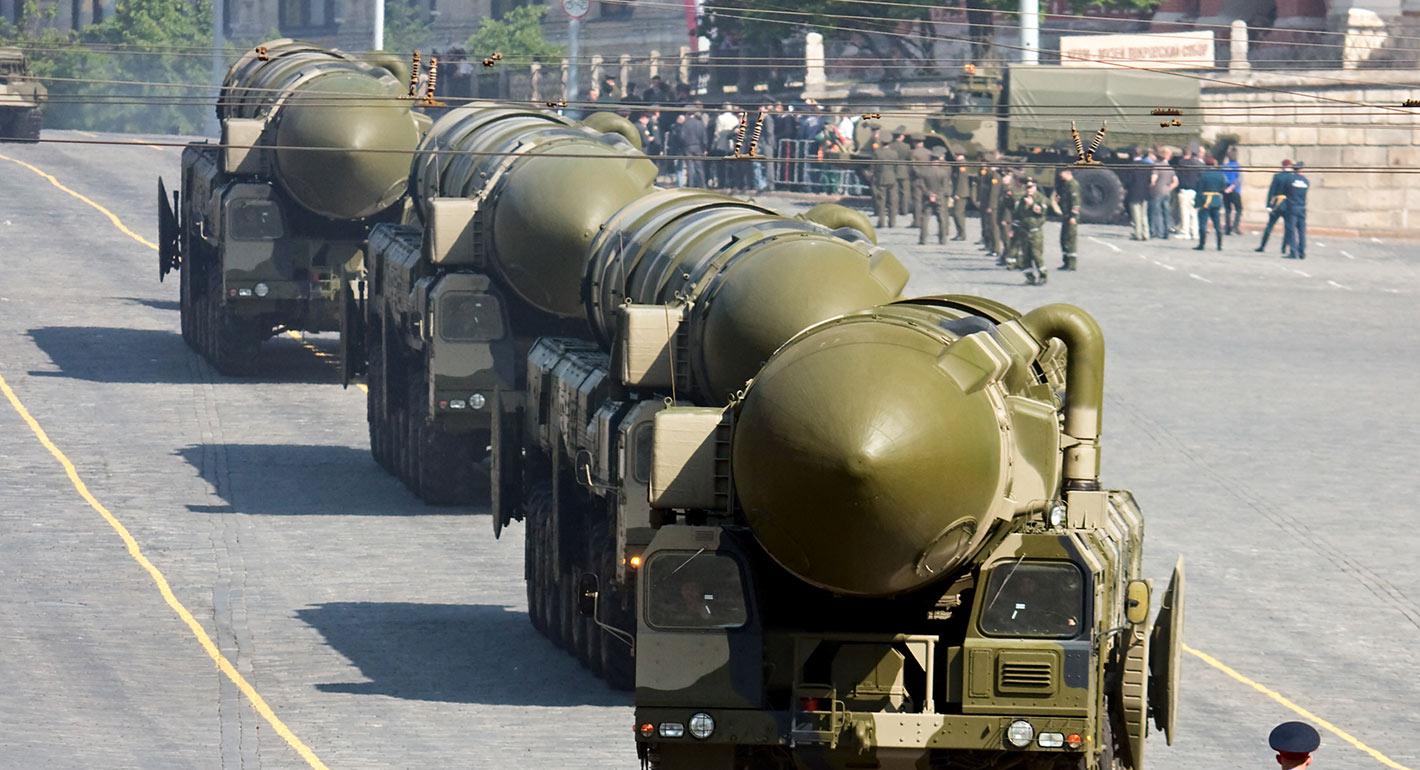Source: United Nations Institute for Disarmament Research
The risk of nuclear weapon use—be it deliberately in an escalating crisis or war, in accordance with one’s own nuclear doctrine or due to inadvertent events—has grown in the Euro-Atlantic region, mainly as a function of the recurring competition between the Russian Federation and the United States. As this chapter argues, decision makers are correct to see a riskier environment. Yet in considering the risk of nuclear weapon use, analysts and policymakers alike are assessing threats by often focusing on highimpact/low-probability scenarios, driven by misreading of one another’s plans and intentions. As a result, they are assessing the risks wrongly, and respond to the wrong things. This chapter first addresses actors, interests, and political change at three levels of analysis. It then establishes a menu for manipulating and perceiving risk, focusing on asymmetric capabilities, (unofficial) doctrines, and poor risk analysis. It concludes with a set of recommendations on how to mitigate the most pressing risks of nuclear use in the Euro-Atlantic.
The original article was published as a chapter in "Nuclear Risk Reduction: Closing Pathways to Use," edited by Wilfred Wan and published by UNIDIR.





